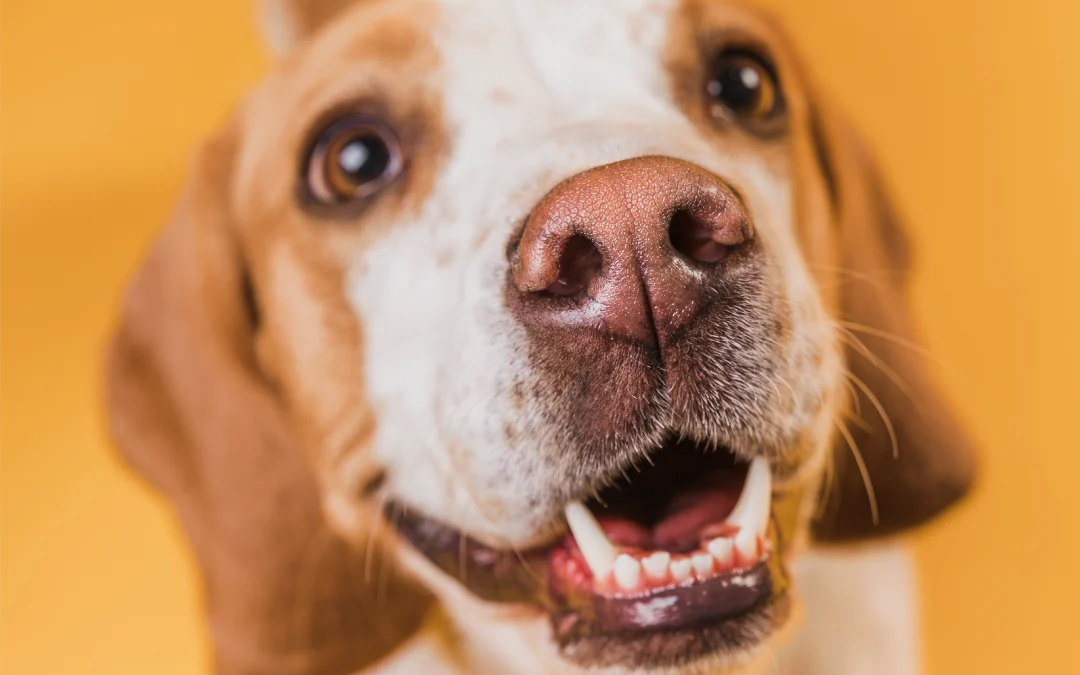Why This Simple Grooming Habit Makes a Big Difference
Brushing your dog might seem like a small, routine task, but it’s actually one of the most powerful grooming habits you can practice. A few minutes with the right brush can transform your dog’s coat, improve their health, and even strengthen your bond. Yet, it’s one of the most overlooked parts of pet care.
In this beginner’s guide, we’ll explore why brushing matters so much, how often you should do it, what tools to use, and how to make it an enjoyable experience for both you and your furry friend.
Why Brushing Matters for Coat Health
Your dog’s coat is their first line of defense against the elements. Brushing keeps that coat in good condition by removing dirt, loose hair, and tangles before they become painful mats. Mats don’t just look messy -they can pull on your dog’s skin and cause discomfort or even infections.
Regular brushing also spreads natural oils across the coat, giving it a healthy shine and keeping the skin underneath nourished. Whether your dog has short, sleek fur or a long, flowing coat, brushing is the secret to keeping it in top condition.
Managing Shedding Around the Home
If you’ve ever wondered why your sofa and clothes are covered in fur, the answer might be a lack of brushing. Dogs naturally shed, and regular brushing helps control where that fur ends up. Instead of floating around your living room, it comes out on the brush where it belongs.
For heavy shedders like Labradors, Huskies, or German Shepherds, investing in a de-shedding tool can be life-changing. Not only will it make your dog more comfortable, but it will also save you hours of vacuuming.
Brushing as a Bonding Experience
Brushing isn’t just about grooming -it’s about connection. Many dogs love the attention and see brushing as quality one-on-one time with their owner. Done gently, it can be a calming and relaxing experience for your pet.
This bonding time also gives you the chance to check for any health issues, like lumps, bumps, or skin irritations. Think of brushing as both self-care and health check rolled into one.
How Often Should You Brush Your Dog
The right frequency depends on your dog’s breed and coat type. Long-haired breeds may need daily brushing to keep tangles at bay, while short-haired breeds might only need a quick once-a-week session.
What matters most is consistency. Making brushing part of your weekly routine means your dog’s coat stays in good condition and grooming appointments become easier and more enjoyable.
Choosing the Right Tools for the Job
Not all brushes are created equal. The right tool depends on your dog’s coat. Slicker brushes are great for long or curly coats prone to tangling. Rubber brushes or grooming mitts are perfect for short-haired breeds. And for heavy shedders, a de-shedding tool can make a huge difference.
A good brush is a small investment that can dramatically improve your dog’s grooming routine. Ask your groomer for recommendations if you’re not sure where to start.
Making Brushing Enjoyable for Your Dog
Some dogs aren’t fans of brushing at first, but with a little patience, you can turn it into a positive experience. Start with short sessions, use plenty of praise, and reward your dog with treats afterward. Choose a quiet, calm environment and make it part of a routine your dog can look forward to.
Over time, most dogs come to love the extra attention and feel-good grooming sessions. And you’ll enjoy knowing you’re helping them look and feel their best.
Conclusion
Brushing your dog is one of the simplest yet most effective grooming habits you can build. It keeps their coat healthy, reduces shedding, strengthens your bond, and gives you a chance to spot health issues early.
So grab a brush, set aside a few minutes each week, and enjoy the process. Your dog will thank you with a shinier coat, a happier mood, and fewer stray hairs around your home.


Recent Comments